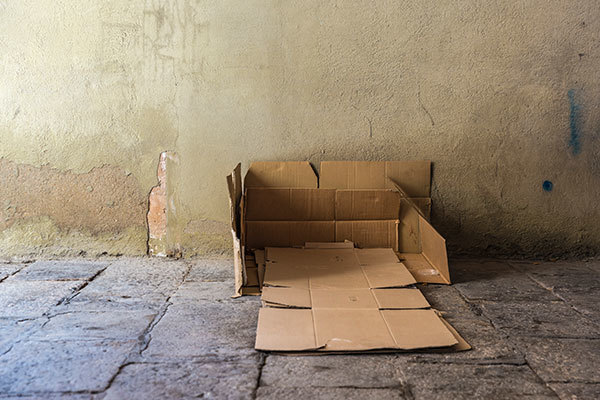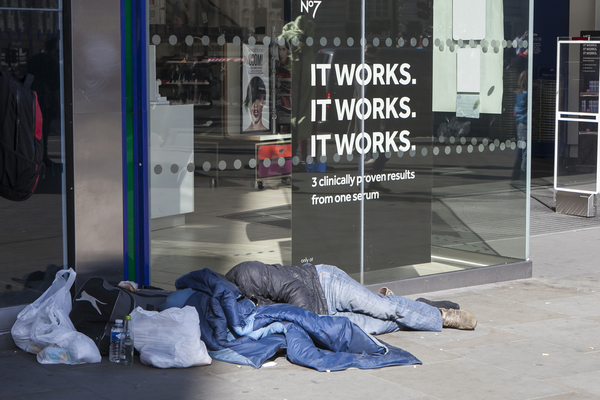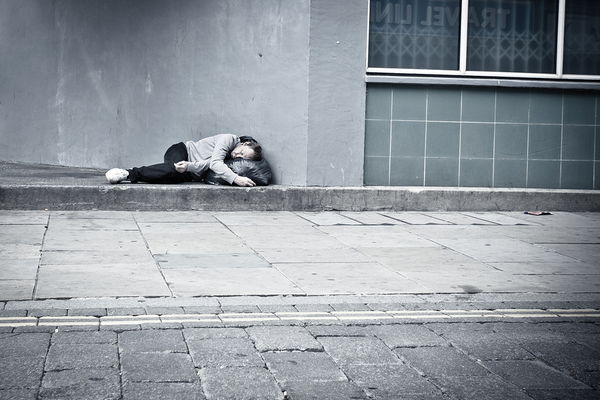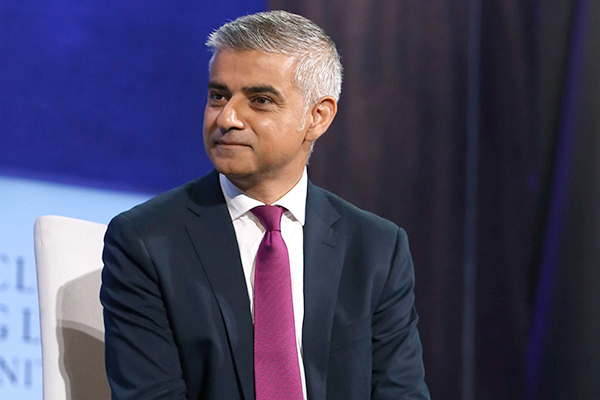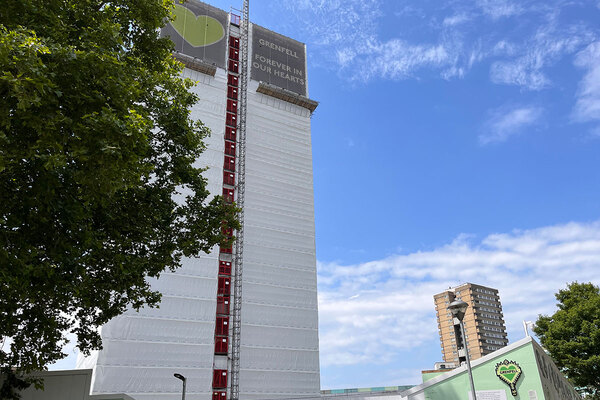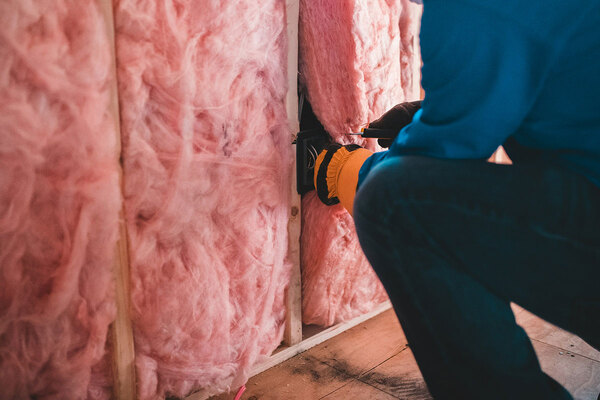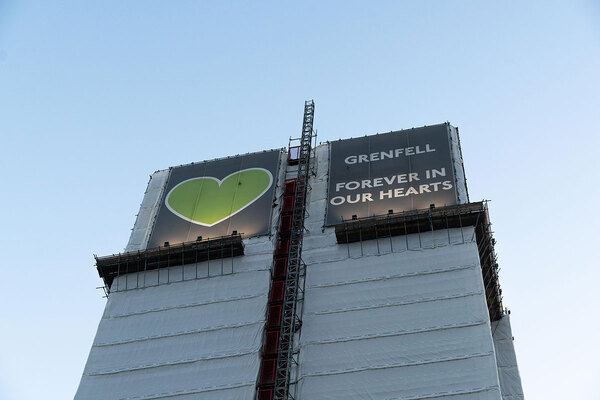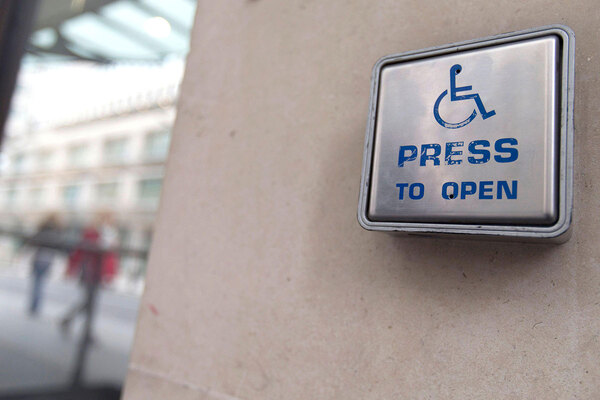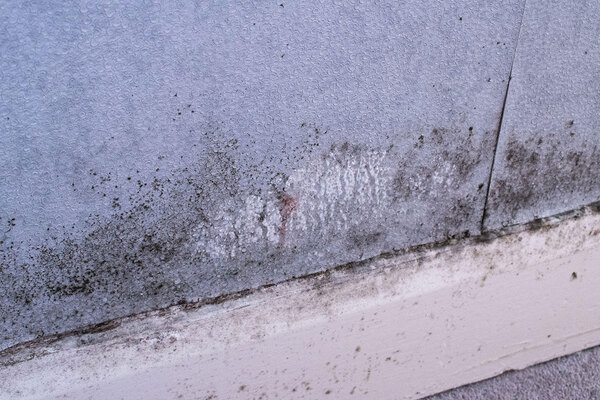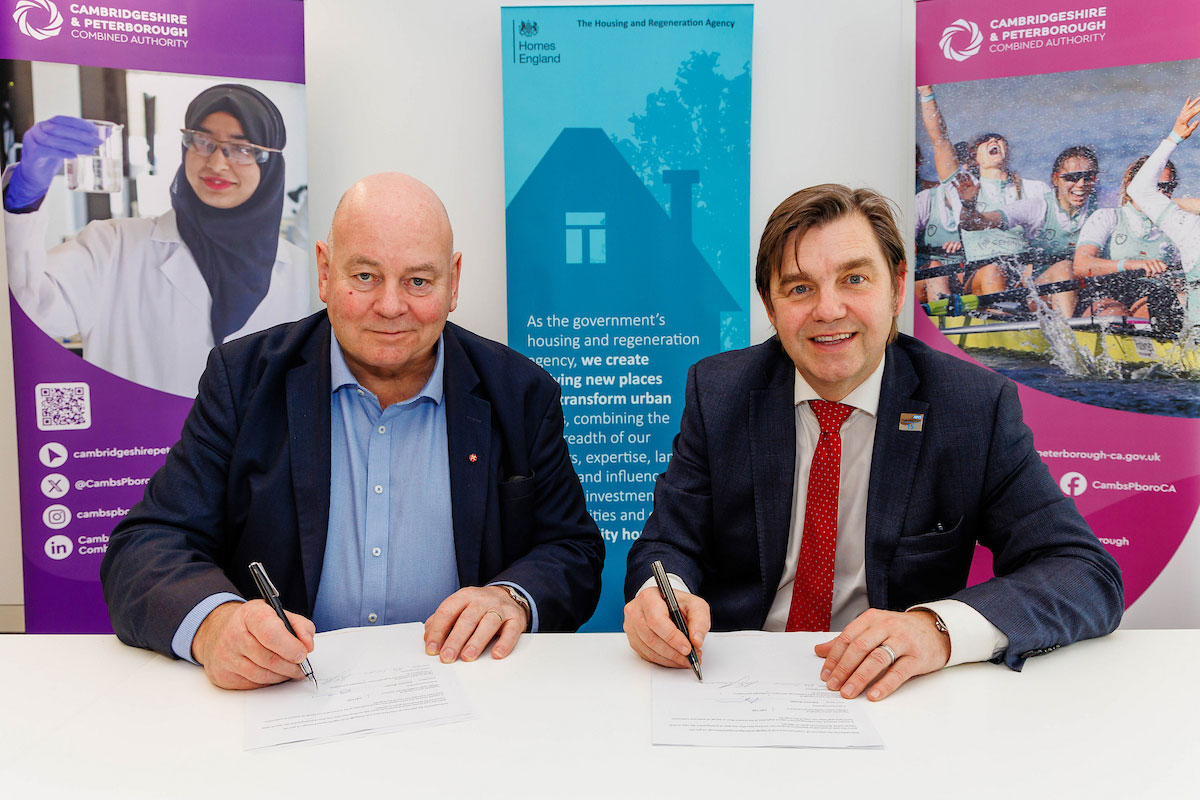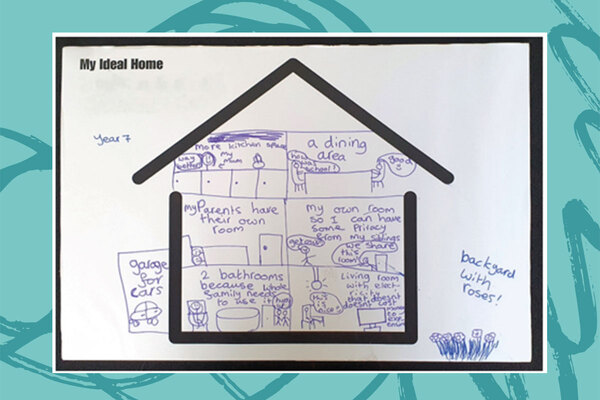You are viewing 1 of your 1 free articles
Rough sleeping soars by 15% in a year
Rough sleeping has soared 15% in just one year with the number of people sleeping rough more than doubling since 2010, the latest government statistics show.
There were 4,751 people sleeping rough on one night in autumn 2017 – a single night snapshot the government uses to count the number of rough sleepers. This was 617 more people than at the same point in 2016. This is the seventh year running in which the number of rough sleepers has risen.
In London the increase in rough sleepers was even steeper, with 1,137 people sleeping rough – an 18% increase since 2016.
Of those sleeping rough, 72% were UK nationals and 16% were EU nationals. The High Court recently ruled that a government policy to return European Economic Area rough sleepers to their home countries is discriminatory.
The Ministry of Housing, Communities and Local Government’s release said around half of the 14% increase outside of London was largely concentrated in eight council areas: Brighton & Hove, Medway, Southend-on-Sea, Oxford, Tameside, Worthing, Salford, and Eastbourne.
Women made up 14% of rough sleepers, 20% were non-UK nationals and 8% were under 25 years old.
Westminster Council had the highest number of rough sleepers, with 217 – but this was a 17% drop compared to 2016. Brighton & Hove Council had the second-highest number, with 178 people sleeping rough – a 24% increase.
Camden Council went from having 17 rough sleepers in 2016 to 127 in 2017, while the number of rough sleepers in Newham nearly doubled – from 41 in 2016 to 76 in 2017.
I’m running out of words to describe the relentless increase in rough sleeping. At August 2017 figures were 15% higher than August 2016..... 169% increase since 2010!! Figures released today t.co/Hcs2dyT1XT #shocking #homelessness
— Faye Greaves CIHCM (@FayeGreavesCIH)I'm running out of words to describe the relentless increase in rough sleeping. At August 2017 figures were 15% higher than August 2016..... 169% increase since 2010!! Figures released today https://t.co/Hcs2dyT1XT #shocking #homelessness
— Faye Greaves CIHCM (@FayeGreavesCIH) January 25, 2018
Rick Henderson, chief executive of Homeless Link, said: “We echo the view of the cross-party MPs of the Public Accounts Committee: this rise in rough sleeping is appalling, with a saddening growth in the number of people without a safe place to stay, and at risk of deteriorating mental and physical health.”
Polly Neate, chief executive of Shelter, said: “Most of these people are homeless simply because they couldn’t afford to live anywhere, a situation made worse by welfare cuts.
“While the intentions of the Homelessness Reduction Act are good, it cannot fix this crisis. To do that, the government must act to build a new generation of genuinely affordable homes to rent, as well as ensuring housing benefit is fit for purpose in the short term.”
A spokesperson for the Ministry said: “No one should ever have to sleep rough. That’s why this government is committed to halving rough sleeping by 2022 and eliminating it altogether by 2027.
“To break the homelessness cycle once and for all, we are providing more than £1bn of funding, supporting rough sleepers with the most complex needs through a new Housing First approach and bringing in the most ambitious legislation in decades that will mean people get the support they need earlier.
“In addition a new cross-government taskforce supported by a panel of experts will drive forward a new strategy that will make life on the streets a thing of the past.”
